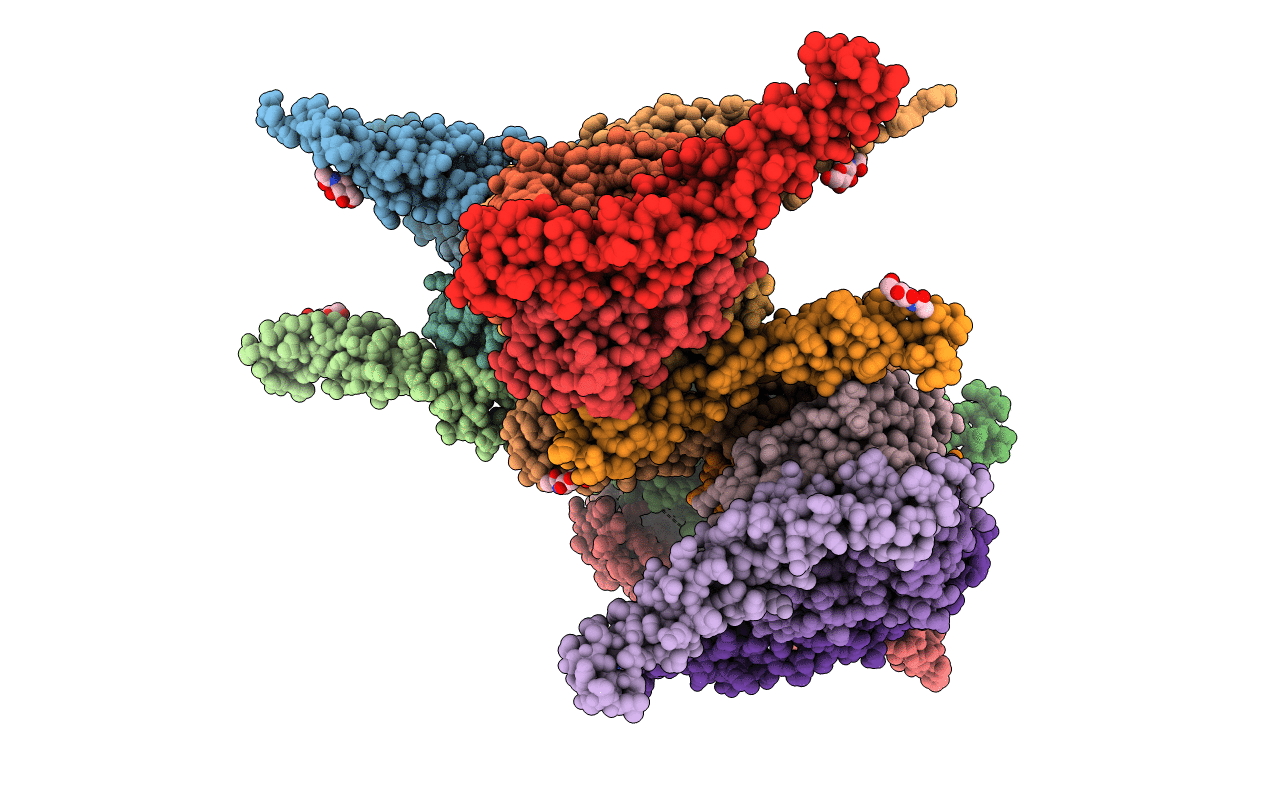
Deposition Date
2018-06-17
Release Date
2018-10-10
Last Version Date
2024-10-23
Method Details:
Experimental Method:
Resolution:
3.39 Å
R-Value Free:
0.29
R-Value Work:
0.26
R-Value Observed:
0.26
Space Group:
P 1 21 1


